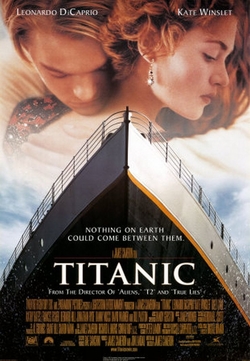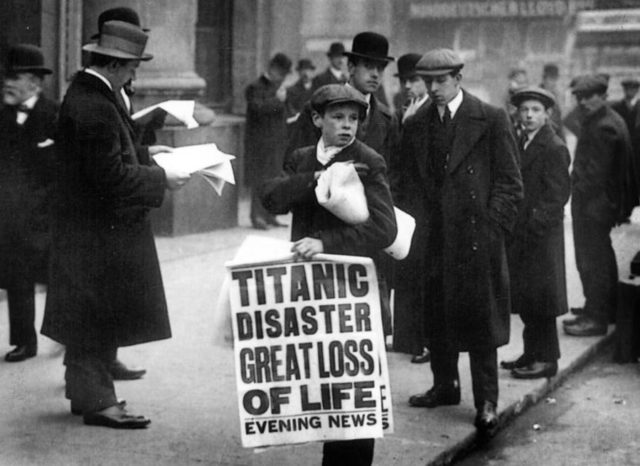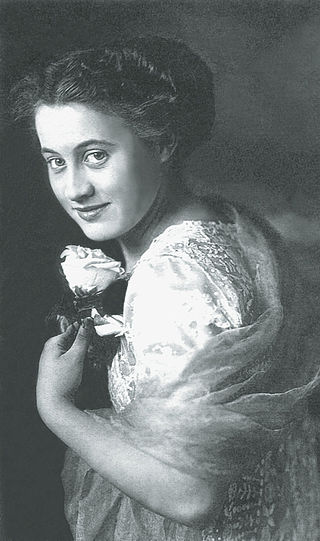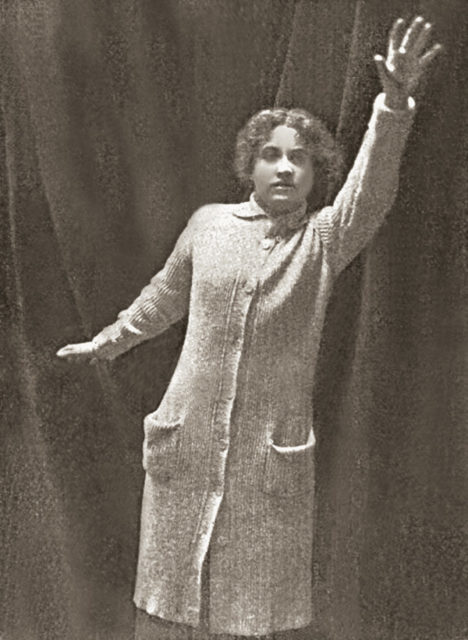There is a song about the Titanic disaster “The Ship That Will Never Return” by F.V. St Clair. But, won’t it? Really? There are 24 cinema dramas and documentaries and 26 television movies and series about this ship. And anyone who is alive and awake knows about the disaster from 1912. James Cameron’s “Titanic” from 1997 is not the first movie about the ship but is certainly one of the highest-grossing films of all time worldwide. Neither is “A Night to Remember” from 1958 which has long been regarded as the high point by Titanic historians and survivors alike for its accuracy, despite its modest production values when compared with Cameron’s movie.

Back in April 1912, news about the Titanic disaster hit newsstands like a thunderbolt. People all over the world were shocked and grieved. In the first few days after the disaster, the papers were releasing reports of the passengers thought to have survived and those confirmed to have died. How could the motion picture industry stay untouched by this event?

On the 14th of May, 1912, only 29 after the ship sank on the bottom of the Atlantic, the first movie about the disaster was released – “Saved from Titanic”, starring Dorothy Gibson, American cinema actress who was actually saved from Titanic, the real one.

Gibson had been returning from a two-month trip with her mother in Europe. On the night of the sinking they had just happened to stay up late playing bridge whist, and were able to get into a lifeboat right away–in fact, they were on no. 7, the very first lifeboat launched. Gibson was said to have grown hysterical as people around them met their fates in the icy water, repeating over and over, “I’ll never ride in my little gray car again.”
Only a few days after she returned to New York the 22-year-old Gibson started working on her story about the disaster. The impetus for putting it on a screen may have come from Jules Brulatour, an Éclair Film Company producer with whom she was having an affair.
The public seemed like they are starving for stories about Titanic and the Éclair Film Company was in a hurry to feed them. The movie was based around a fictionalized version of Gibson’s own experiences. Éclair added her parents and (fictional) fiancé, Ensign Jack, are shown waiting anxiously for her return after hearing news of the disaster.

Gibson’s character is to marry Navy ensign Jack once she returns home on the Titanic from studying abroad. Both Jack and Gibson’s parents are looking forward to her arrival when they hear of the ship’s sinking. After some agonized waiting, Gibson is found to be among the rescued. She tells them her harrowing testimony via flashbacks and “faints as she finishes the story.” Her mother tells Jack that he must leave the Navy since any seafaring-memories are traumatic for Gibson, and her father tells him to choose either his daughter or the sea. Jack talks over this “conflict between love and duty” with his captain, who advises him that an officer should stay with his duties. Jack decides to stick with the Navy, which impresses Gibson’s father. The father then gives Gibson’s hand to a surprised Jack, declaring: “Daughter, here is your husband.”

Gibson was given a credit as a co-writer of the movie which at the same time was the last one she ever made. In order to be more authentical, in the movie, she was wearing the same clothes as she did when she was rescued from the ship. Apparently she burst into tears several times during the shooting of the movie as she was still traumatized and suffered a mental breakdown after completing it.

According to Billboard magazine Brulatour sent “specially chartered tugboats and an extra relay of cameramen” to film the arrival of Carpathia. The footage was spliced together with other scenes such as Titanic‘s Captain Edward Smith on the bridge of the RMS Olympic, Titanic‘s sister ship, images of the launch of Titanic in 1911 and stock footage of icebergs. On April 22, the resulting newsreel was released as part of the studio’s Animated Weekly series. It was an enormous success with sold-out showings across America. President William Howard Taft, whose friend and military aide Archibald Butt was among the victims of the disaster, received a personal copy of the film.
Want to become a trivia master? Sign up for our Today In History newsletter!
Saved from the Titanic is now considered a lost film, as the only known prints were destroyed in a fire at Éclair Studios in March 1914. Its only surviving visual records are a few production stills, printed in the Moving Picture News and Motion Picture World, showing scenes of the family and a still of Dorothy standing in front of a map of the North Atlantic pointing to the location of the Titanic.
